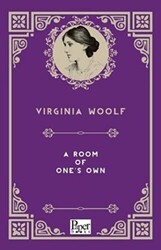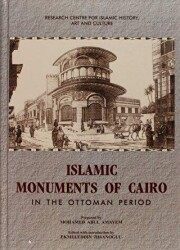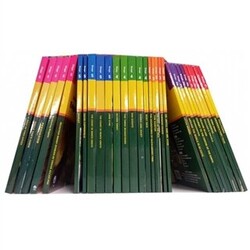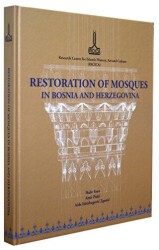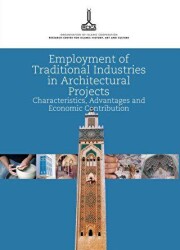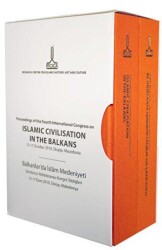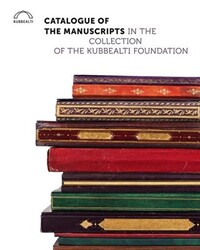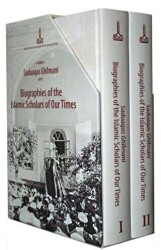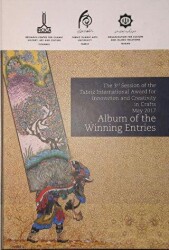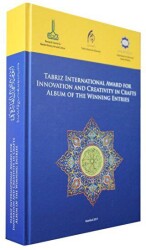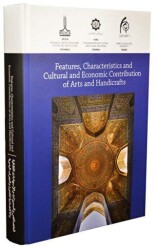A Room of One’s Own is an extended essay by Virginia Woolf, first published in September 1929. The work is based on two lectures Woolf delivered in October 1928 at Newnham College and Girton College, women’s constituent colleges at the University of Cambridge.In her essay, Woolf uses metaphors to explore social injustices and comments on women’s lack of free expression. Her metaphor of a fish explains her most essential point, “A woman must have money and a room of her own if she is to write fiction”. She writes of a woman whose thought had “let its line down into the stream”. As the woman starts to think of an idea, a guard enforces a rule whereby women are not allowed to walk on the grass. Abiding by the rule, the woman loses her idea. Here, Woolf describes the influence of women’s social expectations as mere domestic child bearers, ignorant and chaste.
The political meaning of the text is directly linked to this metaphor. When the emergence of the ‘new woman’ occurred, this awareness of injustice makes a clear political statement regarding women’s intellectual potential in their own right. Therefore, the broader literary influence of this argument reveals the increase in social tension as the century’s shift looms. Woolf suggests that the absence of female fiction is a result of a lack of opportunity rather than a distinct absence of talent.
